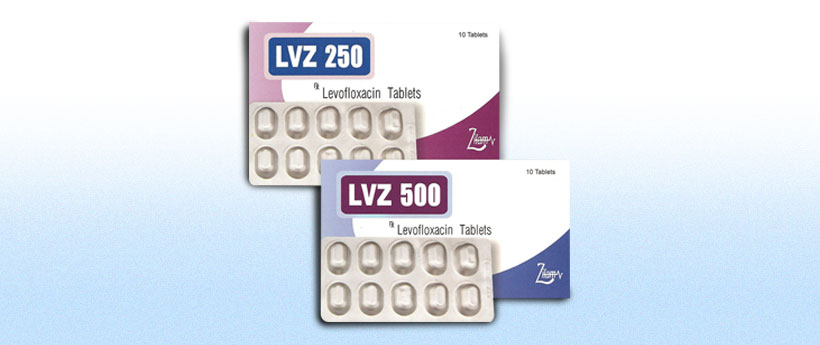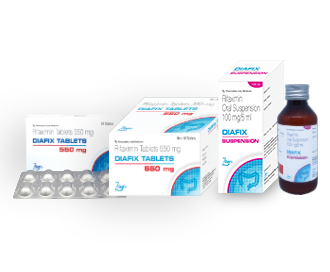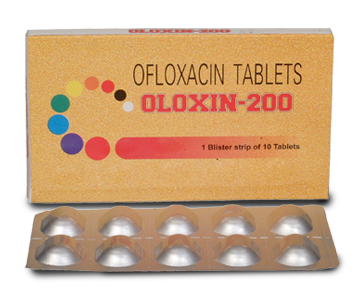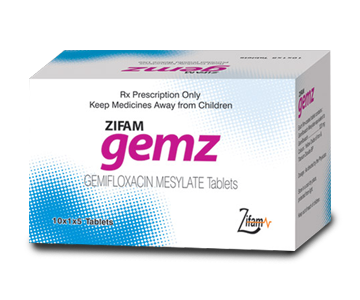LVZ 250/500
- ENG
- မြန်မာ

Composition
Each film coated tablet contains:
Levofloxacin hemihydrate
Eq. to Levofloxacin 250mg/500mg
Description
Levofloxacin is a synthetic broad-spectrum antibacterial agent for oral and intravenous adminstration.
Levofloxacin is the L-isomer of the racemate, ofloxacin, a quinolone antibacterial agent. The antibacterial activity of ofloxacin resides primarily in the L-isomer. The mechanism of action of levoflxacin and other quinolone antibacterials involves inhibition of bacterial topoisomerase II (DNA gyrase) and topoisomerase IV. Topoisomerases are essential in controlling the topological state of DNA, and are vital for DNA replication, transcription, repair and recombination.
Fluoroquinolones, including levofloxacin, different in chemical structure and mode of action from other classes of antimicrobial agents, such as b-lactam, aminoglycosides, and macrolides. Therefore, microorganisms resistant to these later classes of antimicrobial agents may be susceptible to fluroquinolones. For example, b-lactam production and alterations in penicillin-binding proteins have no effect no levofloxacin activity. Conversely, microorganisms resistant to fluoroquinolones may be susceptible to other classes of antimicrobial agents.
Indications
Levofloxacin Tablets are indicated for the treatment of adults with bacterial infection caused by susceptible of the designated microorganisms in the infection listed below.
- Upper and lower Respiratory Tract Infections
- Uncomplicated skin and skin structure infection, Complicated skin and skin structure infections(mild to moderate), excluding burns
- Urinary Tract infections
Contraindications
Levofloxacin tablets are contraindicated in persons with a history of hypersensitivity to levofloxavin, quinolone antimicrobial agents, or any other components of this product.
Warnings
The Safety and Efficacy of Levofloxacin Tablets in Children, Adolescents (Under the age of 18 years), Pregnant Woman and Nursing Mothers have not been established
Dosage & Administration
| No | Indication | Dosage | Duration |
| 1 | Acute Excerbations of Chronic Bronchitis | 250-500mg OD | 7-10 days |
| 2 | Acute bacterial sinusitis | 500mg OD or 750mg OD | 10-14 days5days |
| 3 | Community Acquired Pneumonia | 500mg OD or 750mg OD | 7-14 days5days |
| 4 | Nosocomial pneumonia | 750mg OD | 7-14 days |
| 5 | Complicated UTI | 250mg OD | 10 days |
| 6 | Uncomplicated UTI | 250mg OD | 3days |
| 7 | Chronic bacterial prostatitis | 500mg OD | 28 days |
| 8 | Acute pyelonephritis | 250mg OD | 10 days |
| 9 | Uncomplicated skin and skin structrue infections | 500mg OD | 7-10 days |
| 10 | Complicated skin and skin structure infections | 750mg OD | 7-14 days |
| 11 | Treatment and postexposure prophylaxis of inhalation anthrax | 500mg OD | 60 days |
| 12 | For patients with CrCI of 20-49 mL/min | Initial dose 500mg followed by 250mg OD | |
| 13 | If CrCl is 10-19mL/min, | the initial dose of 500mg is adminstered followed by 250 mg every 48 hours |
Drug Interactions
Antacids, Sucralfate, Metal Cations, Multivatamins
While the clelation by divalent cations is less marked than with other quinolones, concurrent administeration of Levofloxacin Tablets with antacids containing magnesium, or aluminium,
Theophylline:
No apparent effect of theophylline on levofloxacin absorption and disposition was observed. However, concomitant administration of other quinolones with thephylline has resulted in prolonged elimination half-life,
Warfarin:
No apparent effect of warfarin on levofloxacin absorption and disposition was observedThere have been reports during the post-marketing experience in patients that levoflaxacin enhances the effects of wafarin. .
Cyclosporine:
No significant effect of levofloxacin on the peak plasma concentrations, AUC, and other disposition parameters for cyclosporine was detected in a clinical study invloving healthy volunteers.
Digoxin:
No significant effect of levofloxacin on the peak plasma concentrations, AUC, and other disposition parameters for digoxin was detected in a clinical study involving healthy volunteers.
Prohenecid and Cimetidine:
No significant effect of probenecid or cimetidine on the rate and extent of levofloxacin absorption was observed in a clinical study invloving healthy volunteers.
Non-steroidal anti-inflammatory drugs:
The concomitant administration of a non-steroidal anti-inflammatory drug with a quinolone, including levofloxacin, may increase the risk of CNS stimulation and convulsive siezures.
Antidiabetic agents:
Disturbances of bood glucose, including hyperglycemia and hypoglycemia, have been reported in patients treated concomitantly with quinolones and an antidiabetic agent.
Interactions with Laboratory or Diagnostic Testing:
Some quinolones, including levofloxacin, may produce false-positive urine screening results for opiates using commercially available immunoassay kits. Confirmation of positive opiate screens by more specific methods may be necessary.
Overdosage, SymptonsAnd Treatment
Levofloxacin exhibits a low potential for acute toxicity. In the event of an acute over dosage, the stomach should be emptied. The patient should be observed and appropriate hydration maintained. Levofloxacin is not efficiently removed by hemodialysis or peritoneal dialysis.
Presentation
LVZ (Levofloxacin) is available in 250 & 500mg strengths.








